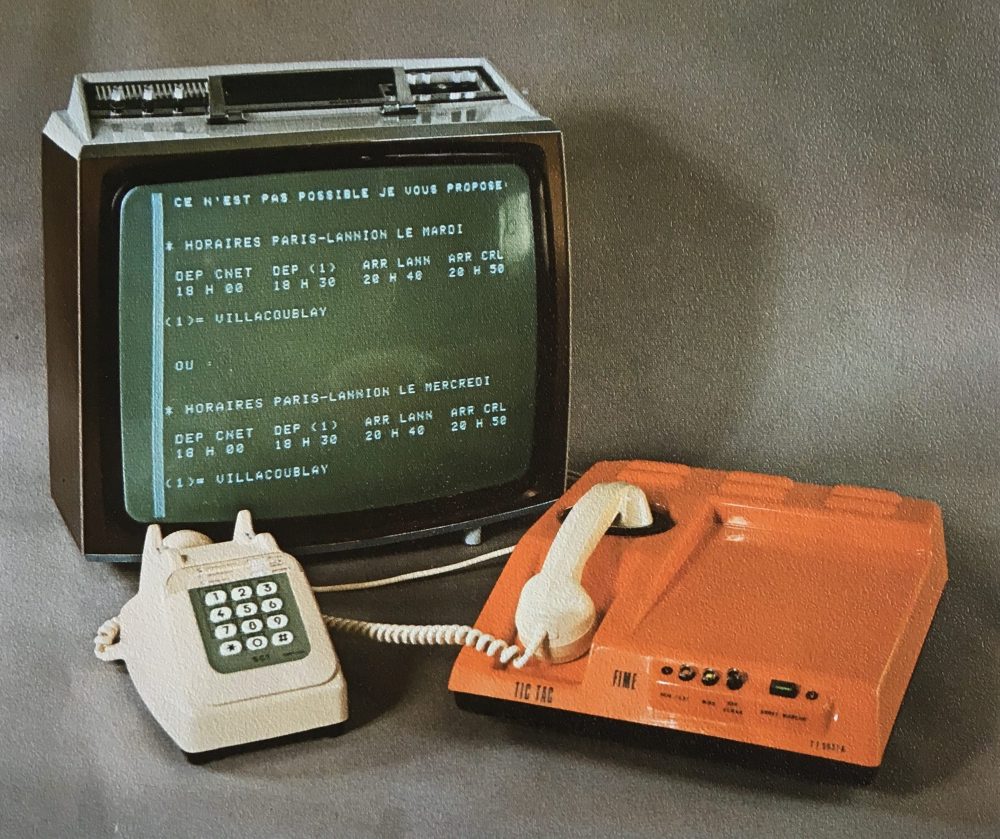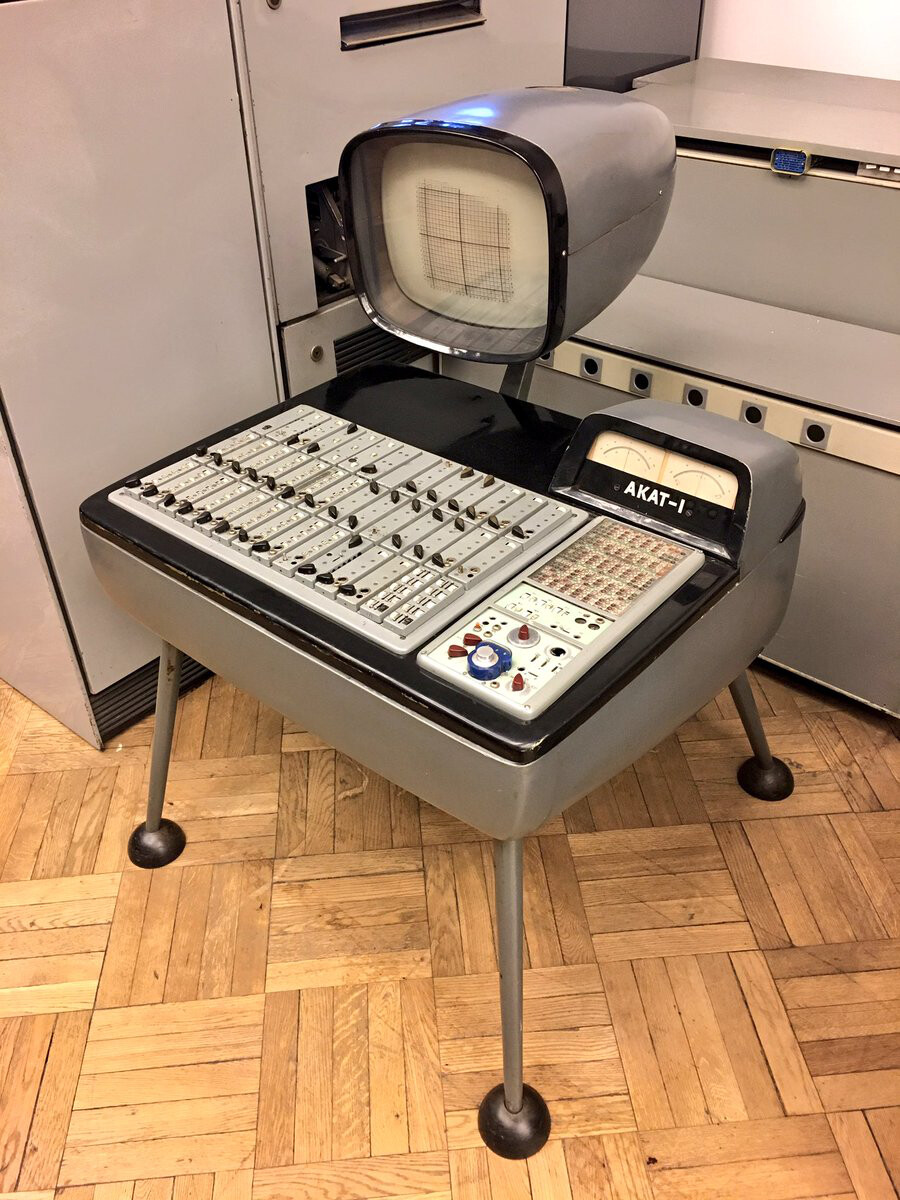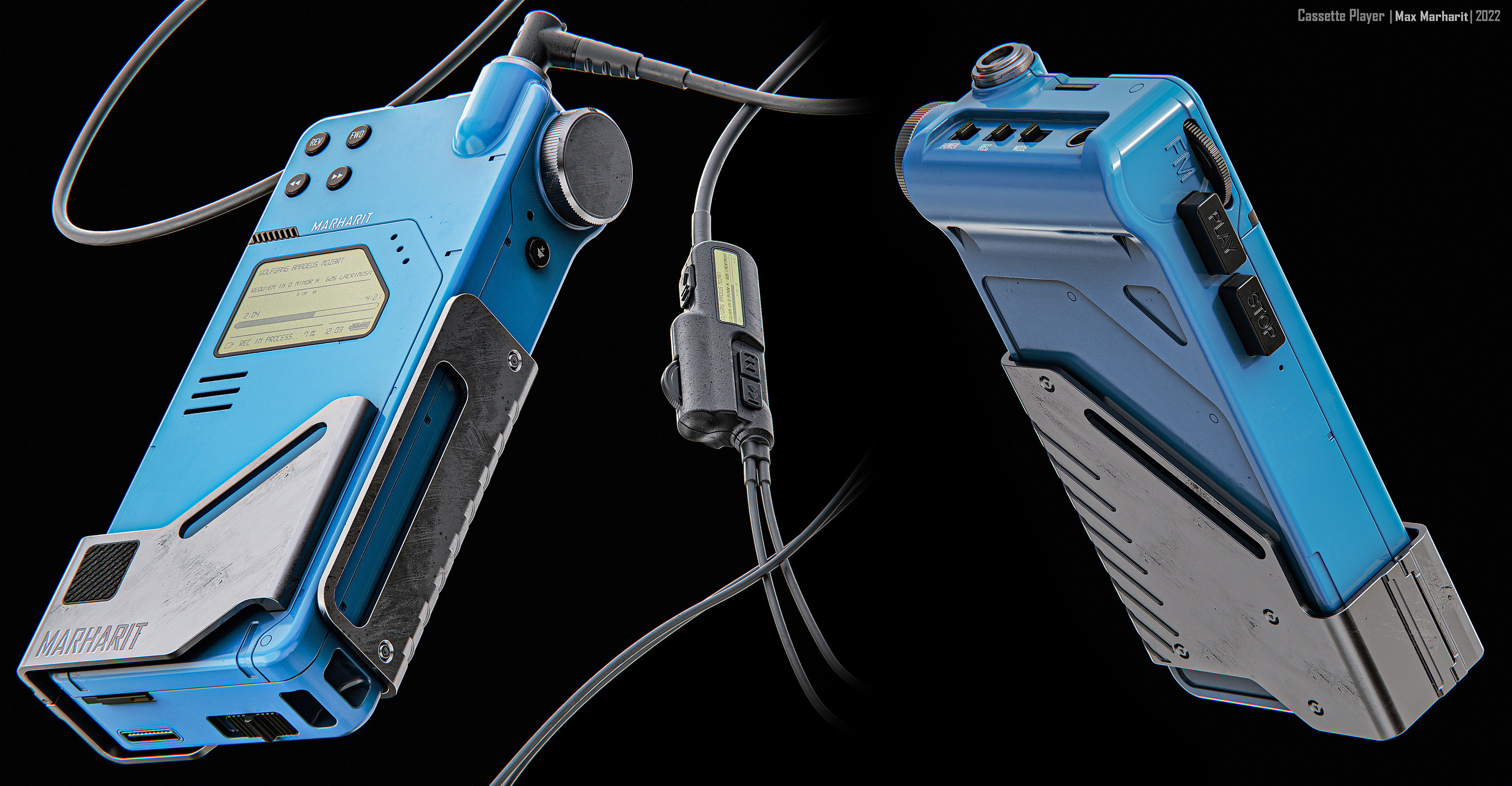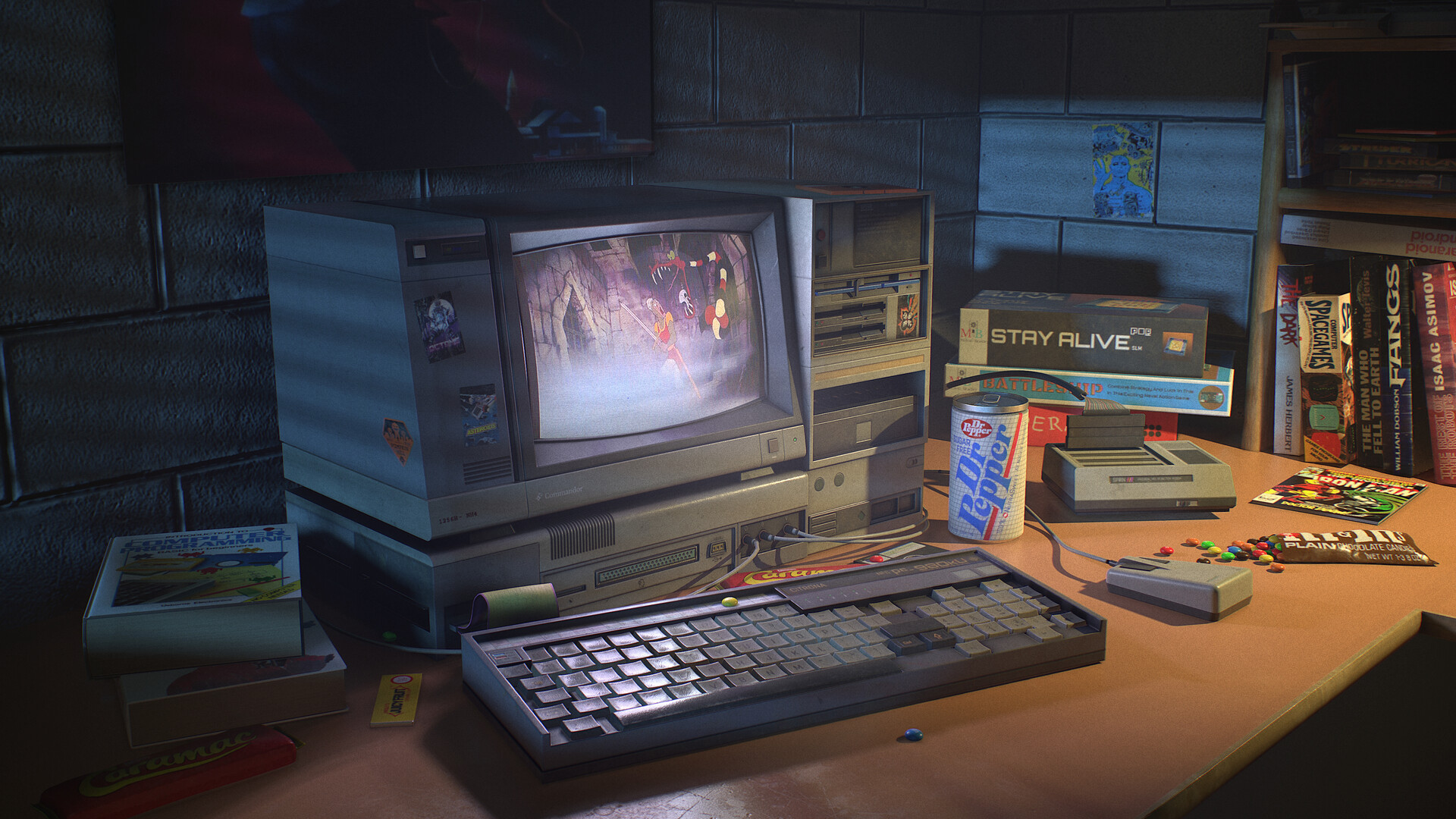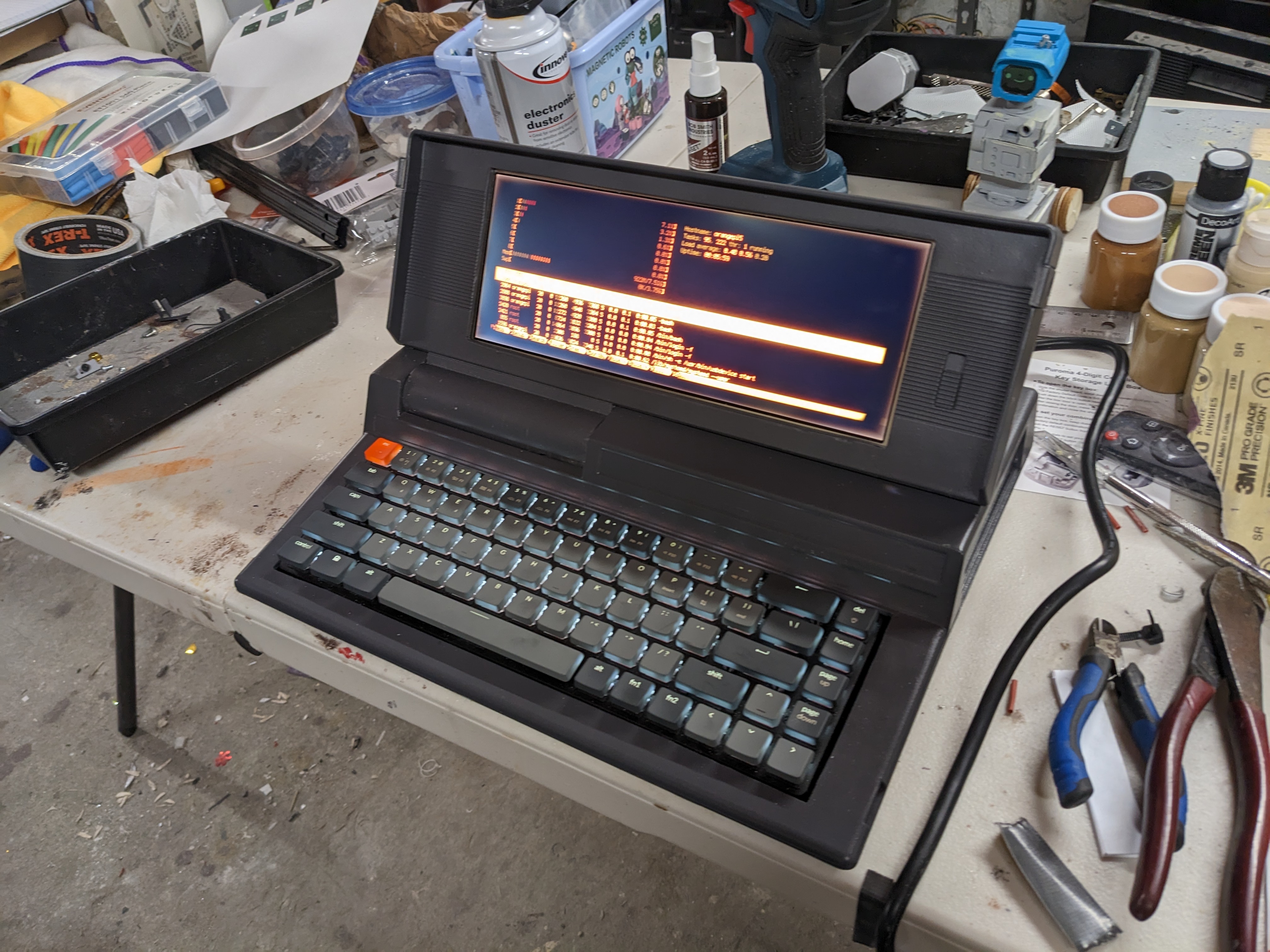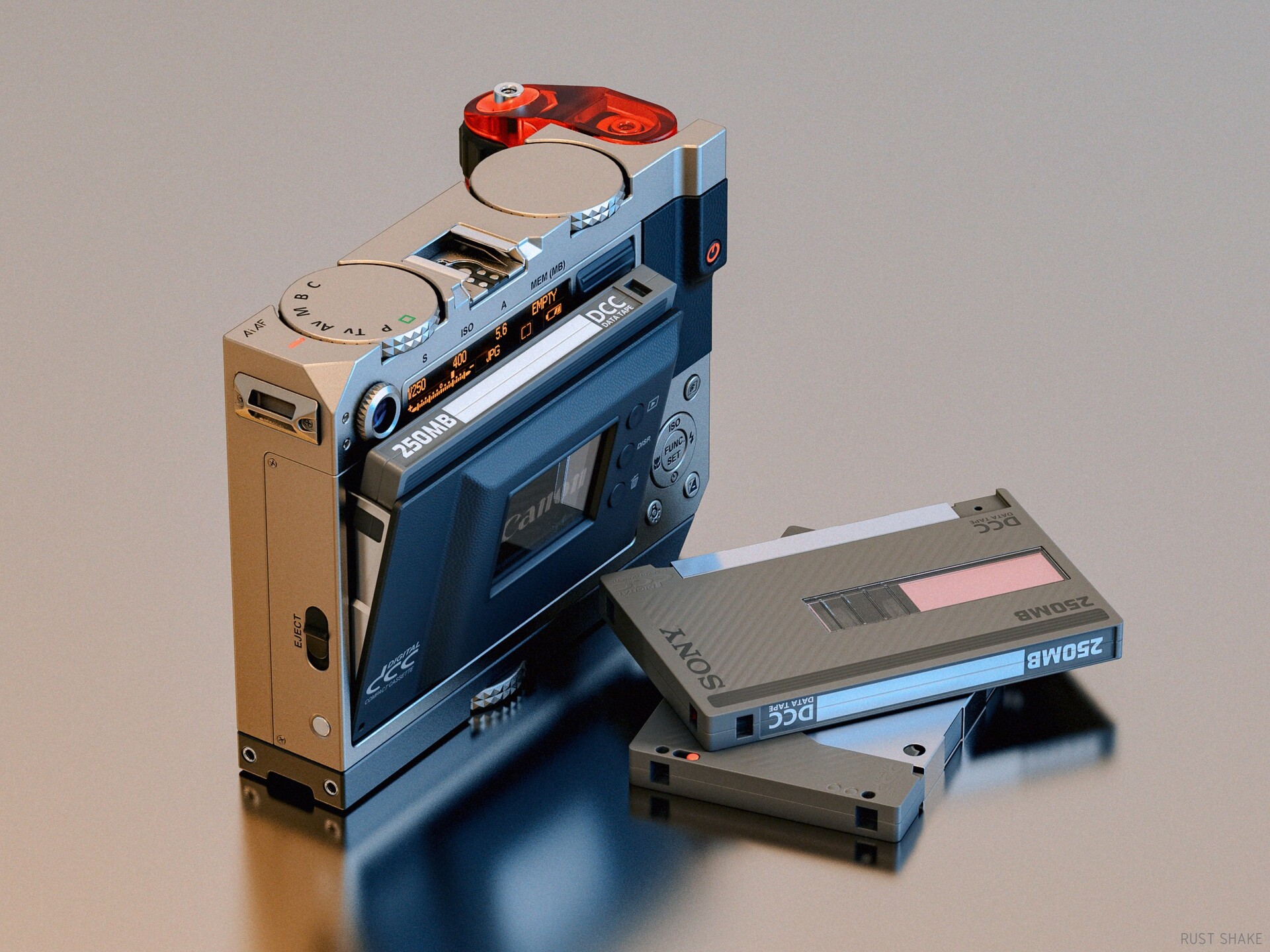126
74
PYE Image Orthicon Camera Control Unit | Set: Control Freak | Sameli Kujala
(live.staticflickr.com)
131
92
135
168
137
7
"Science Fiction Monthly 1974-02" ("Gray Matters cover") by Tony [Anthony] Roberts
(wearethemutantsdotcom.files.wordpress.com)
141
17
CassetteFuturism
2407 readers
423 users here now
this is a space for Cassette Futurism -- retro images, media, design and technology from the 70s and 80s
*reposts to get started, mods welcome
founded 1 year ago
MODERATORS




